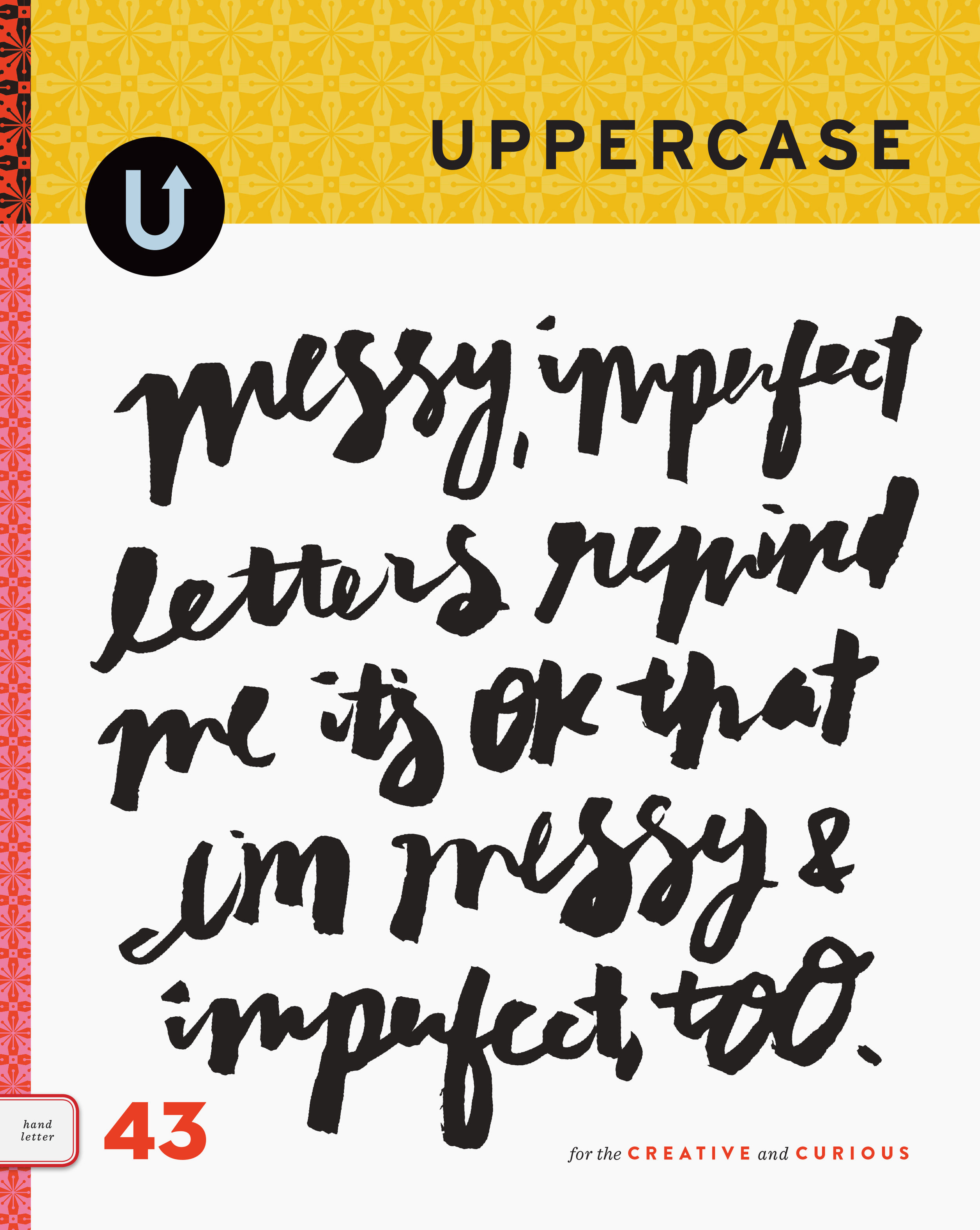Surtex: a learning experience
/
Shelley Brown reports from NYC:
There's lots to learn about surface design and the more you learn, the more you discover it's just the tip of the iceberg!
The past two days I've attended seven seminars at Surtex. Some of the info covered challenges the right brain big time, and the seminars are held in underground suites away from the hustle and bustle of the show. There's no eye candy here, just the nitty gritty stuff. It's important, though, for anyone thinking of pursuing the business of surface design. Each session was an hour and a half long and included lots of Q+A. It's great to get real specific answers to your questions.
Day 1:
- The Basics of Art Licensing - Part I + II, and
- Understanding Legal Basics - Contracts and Copyrights
Day 2:
- New Legal Strategies - Royalties, Terms and More
- Strategies for Working with Manufacturers
- Futurecast: Business Trends in Art Licensing
- Understanding and Enhancing Retailer / Manufacturer Relationships
Some of the educational highlights from the Surtex seminars:
• Licensing is a $192 billion dollar business worldwide.
• The artist is the Licensor and the buyer of your art (usually a manufacturer or retailer) is the Licensee.
• The business is changing but there are always opportunities for great art.
• It's not absolutely necessary, but it's preferable to register your copyright on any art you have licensed (in case of any infringement). To save money, don't register everything you create until you license it.
• You need to be prolific because it's best to have lots of samples to promote yourself to potential Licensors.
• If you're looking for an agent, make sure you choose someone you get along with. Good communication and transparency make for a good marriage (in life and in the artist/agent relationship!).
• If at all possible, try to get your name on any products you license.
• When you're selling your art to a manufacturer or retailer, get an advance and royalty as part of your license agreement, if possible.
• The average royalty is 5% - 7% for household products, and up to 10% for paper goods or wall decor.
• Words to avoid in a contract: assignment, all rights and work for hire.
• It takes about 1-2 years to get to know and achieve some level of success in surface design, so don't get discouraged a few months in.
• Before you do a deal with a licensee check their reputation. Do they send royalty statements on time and pay royalties owning according to their agreements?
• Before you sign a licensing agreement, have a copyright lawyer who specializes in licensing review the contract.
• Beware of exclusivity and make sure it is only for a narrowly defined category.
• Don't be afraid to conduct an audit (through your copyright attourney), if you have reason to believe your royalties are not being correctly reported. In most royalty agreements you should receive a statement quarterly.
• There is a great online tool for finding your images which may be in use without your permission. It's called TinEye. Go to tineye.com and do a reverse image search on any of your images.
• Familiarize yourself with a manufacturer or retailer's style or brand before you approach them with samples. Also find out in what format and how often they prefer you submit your art.
• Attend a show like Surtex. Take the seminars to learn as much as you can about the business.





